When battles erupted between the Germans and the Italians, on one hand, and the British, on the other, in 1944, near Egypt’s joint border with Libya, hundreds of residents of Siwa, a beautiful oasis in the Egyptian Western Desert, fled to a conical mountain, only 2 kilometres away.
This was when Gebel al-Mawta (Arabic for Mountain of the Dead) became known to Egyptians, especially to the people who made a run for it.
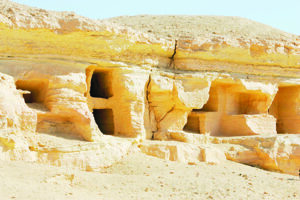
The mountain, which contains a series of bizarre caves and cavities, became one of the most important archaeological founds to be made in Siwa, in particular, and in the whole Western Desert, in general.
The people entering the mountain at the time found out that the small cavities making the interior of the mountain were nothing but small tombs that covered the surface of the conical mountain.
Interestingly enough, they also found hundreds of wonderful mummies inside the cavities.
Gebel al-Mawta is over 500 metres high. It is made of a calcareous soil that over the centuries formed beehive-like series of catacombs with small openings. The catacombs are formed in regular and successive rows in a geometric shape.
At the end of the catacombs inside the mountain, there is a wide hall, from which gaps extend for the burial of the dead. In all, the mountain contains 3,000 tombs.
Gebel al-Mawta is by far the most beautiful ancient Egyptian cemetery. Most of those buried in the site belong to the 26th dynasty.
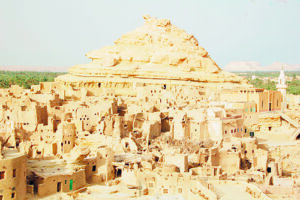
The mountain continued to be used for burial purposes until the Ptolemaic and late Roman or Byzantine eras.
This means that burials continued to be made in the mountain before the Islamic conquest of Egypt in the 7th century AD.
This is a cemetery that acted as a burial site for over 10 centuries. This is why its design combines ancient Egyptian and Greek arts.
The mountain is filled with reliefs of Nut, the goddess of the sky, stars, mothers, astronomy and the universe in the ancient Egyptian religion.
Nut stands under a sycamore tree and crocodile drawings that represent Sobek, the god of crocodiles.
Some ancient Egyptians believed that Sobek created order in the universe when he rose from the dark water.
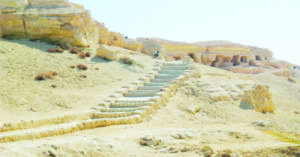
Some of the tombs of the mountain also contain writings, decorations and inscriptions.
The most important tombs found inside the mountain include this of Isis.
They also include the tomb of the crocodile, along with a three-chambered cave-like structure whose owner has not been identified yet.
Gebel al-Mawta is among the most important landmarks of Siwa which is located around 650 kilometres west of Egyptian capital, Cairo.
Some of the families living in the mountain area have been there for decades.
In this, they are like most of the other residents of Siwa, a heavenly place in the vast Western Egyptian Desert.
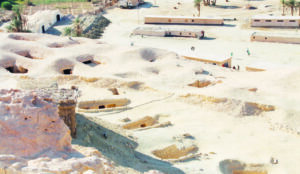
Siwa boasts a considerable number of hotels that suit all budgets.
The oasis also offers visitors an authentic Bedouin-life experience that distinguishes it from any other place in Egypt.




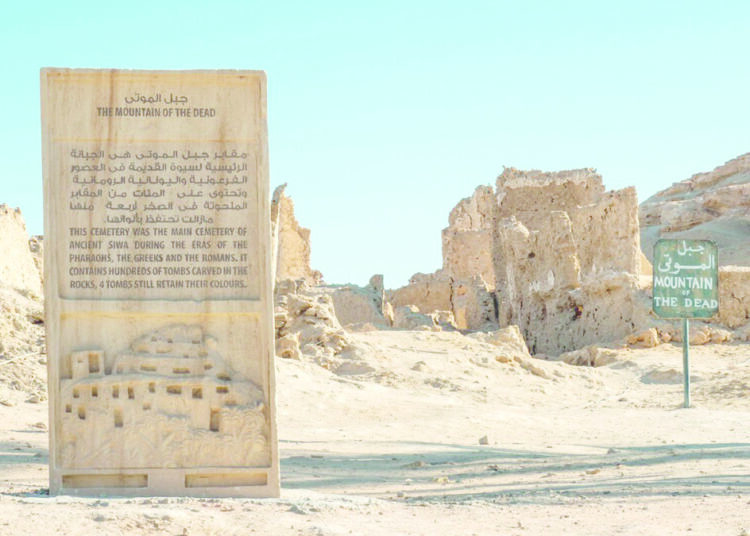


Discussion about this post